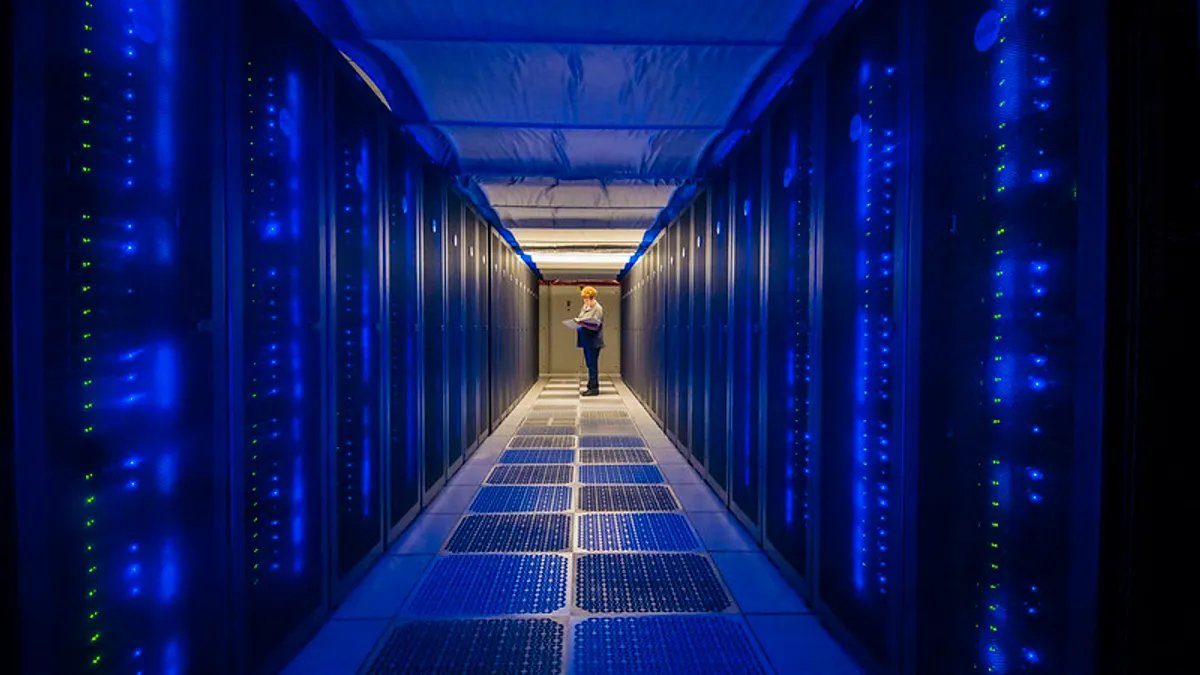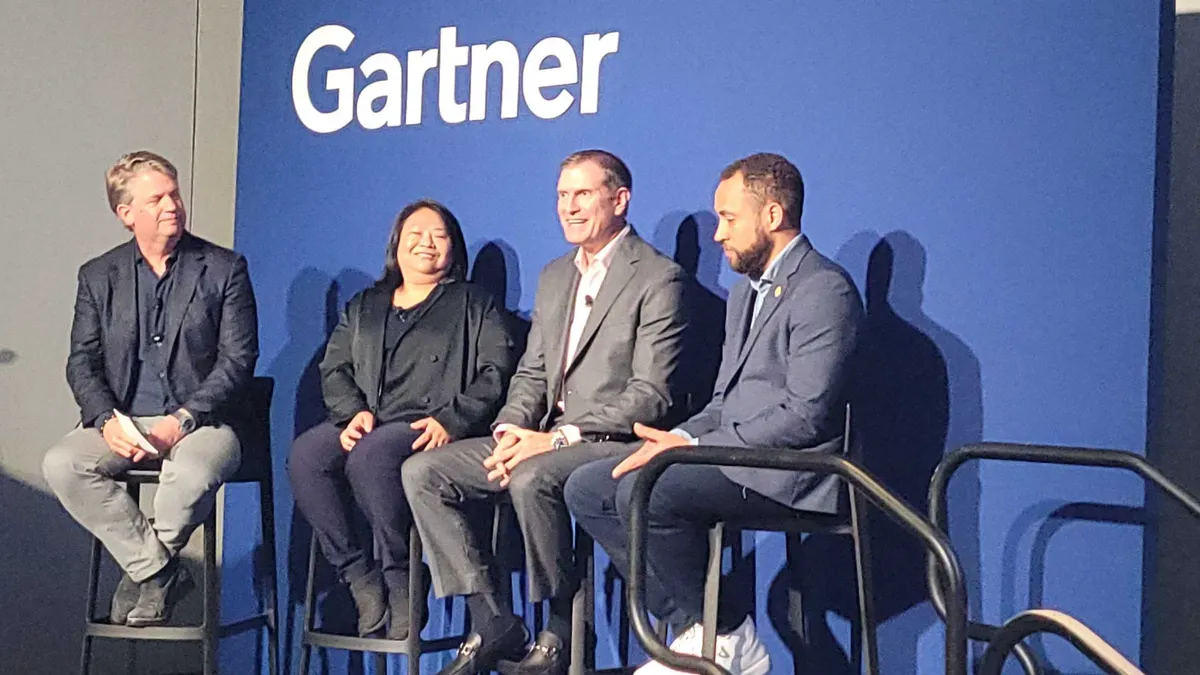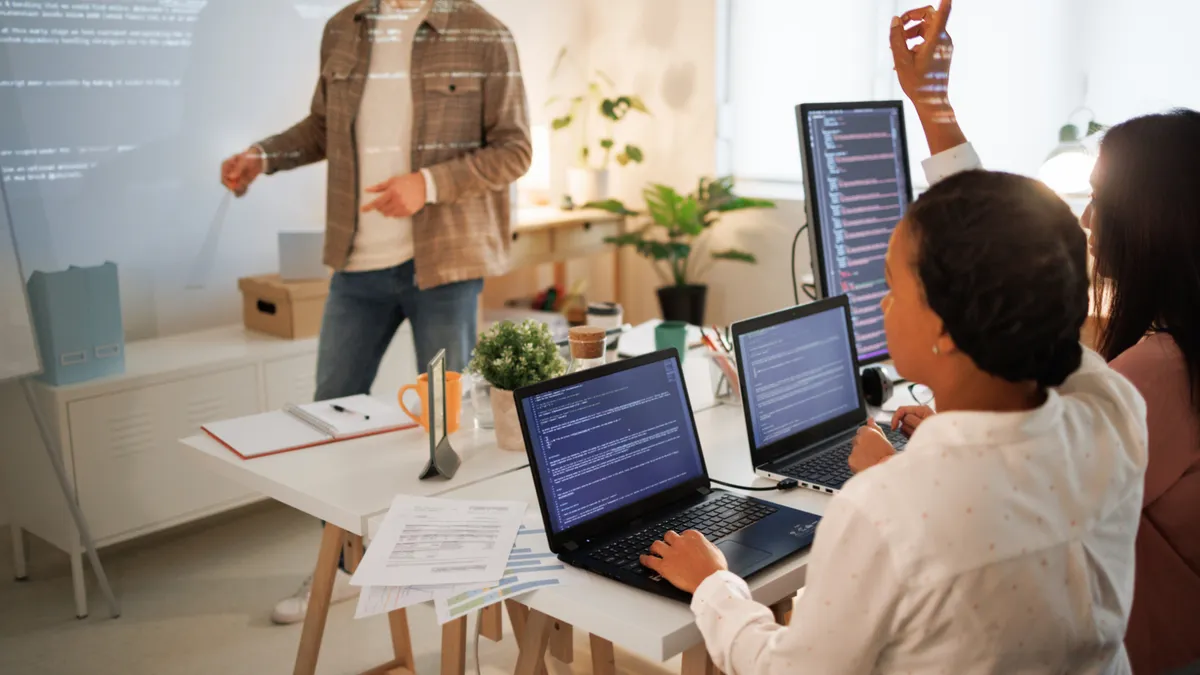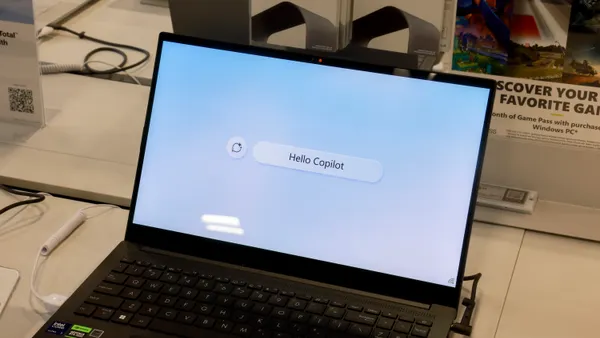When you think about e-learning, an employee at a desk staring at a computer screen comes to mind. But for many positions, a desk and dedicated computer aren't in the job description — and the marketplace is only just beginning to address these challenges.
For retail, food service, hospitality, construction, healthcare and more, training the deskless employee sometimes requires difficult workarounds. Businesses usually must deliver training directly to individuals or teams, breaking up the workday and providing information in bulk. Typically, an employee can only spare about 5 minutes a day for such training, which means such bulk deliveries may not always be that effective.
While desk-bound employees have a wealth of tools available to keep them connected, management is turning to new tech to keep free-range employees in touch, too.
BYOD revolution
BYOD has become a game-changer for business. The ability to contact employees who don’t have a company email address without having to go through a management middleman is key. With over 95% of adult Americans owning a mobile phone, direct access to employees through texts and personal emails has connected all employees to management. But new apps are making communication even more targeted.
Danny Leffel, CEO and co-founder at Crew, saw the problems of disparate communication tools. They designed a service specifically for the millions of workers who do not have immediate access to effective communication services on the job.
Previously, "work-related communications were disorganized as teams were using an elaborate system of personal texts, phone calls, print-outs, bulletin boards and in-person conversations," Leffel said.
Crew says its app gives leaders and coworkers a centralized place to communicate about everything work-related. For training and e-learning, Crew lets managers distribute information and assign training, then track who has completed the assignments, all in one place.
Leffel says clients have seen improved outcomes like fewer repeated communications and improved training engagement and compliance.
E-teaching the team
Employers also can use regular, quick training sessions to teach employees concisely on key competencies, says Darren Winterford, CEO of Ed, a learning platform. Winterford says their tech can drive messaging around specific role training and let training be done on the job, even in the retail environment.
To make learning relevant and lasting, Winterford encourages "daily, bite sized pieces of learning," around 90 seconds in length, and embedding learning as an ongoing part of an employee development. From there, spaced repetition ensures key concepts are understood and retained. And finally, an assessment tool is key for measuring outcomes and uncovering additional learning paths.
Short spurts of learning
"Just in time" training can also work because some individuals retain knowledge best when they can apply it right away. Jeremy Auger, chief strategy officer at D2L, says employees want knowledge and training in short spurts "when it’s relevant — not day-long instructor-led training sessions at randomly prescribed times throughout the year."
"In everyday life, employees go to YouTube or ask help from friends on Facebook when they need a quick tutorial or suggestion," Auger added. In addition to company-driven training, employees want these informal ways to connect and learn from each other.
And informal connections is how mobile learning platforms help underscore learning: By providing social learning tools and networks that allow discussions or groupings to share subject matter expertise. Because feedback and learning recommendations come from those closest to the employee, such programs are particularly successful for driving improvement on soft skills and leadership development.
Relevant and fun
And to really up the effectiveness of your training, Sam Caucci, founder and CEO of 1Huddle, recommends that companies find ways to make training fun and exciting.
"Gamification is a natural next step in training when the majority of the workforce, millennials, have spent thousands of hours already on gaming platforms," Caucci said. "They have an already acquired understanding of leaderboards, points and rewards."
To meet the information needs of a deskless workforce, companies are using the wealth of tech available to them. From high-end VR training to smartphone apps, connectivity keeps everyone on the same page. As an added bonus, training helps with engagement and retention. Investing in time and training staff, from entry-level and beyond, is a strong motivational tool.





















